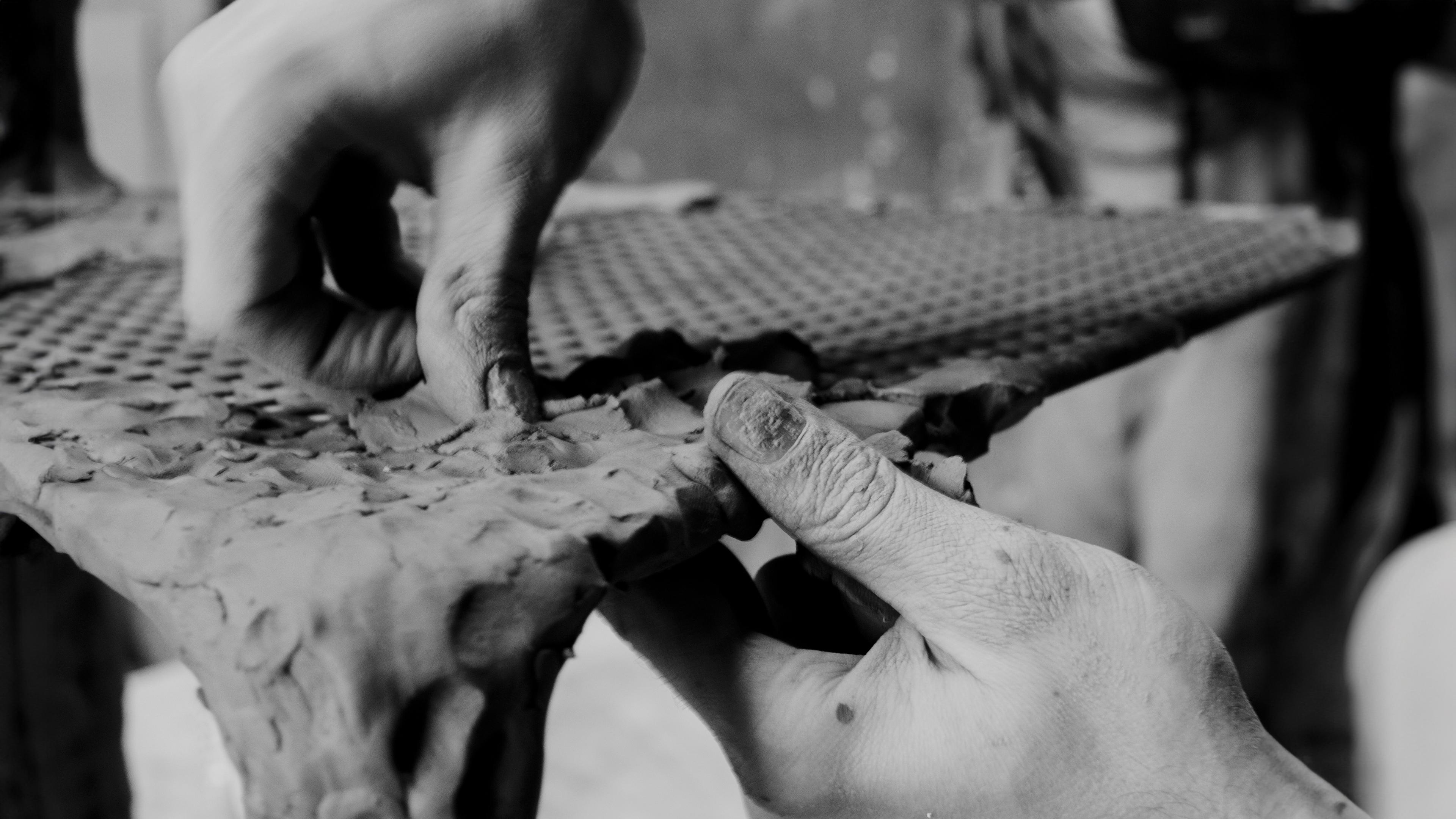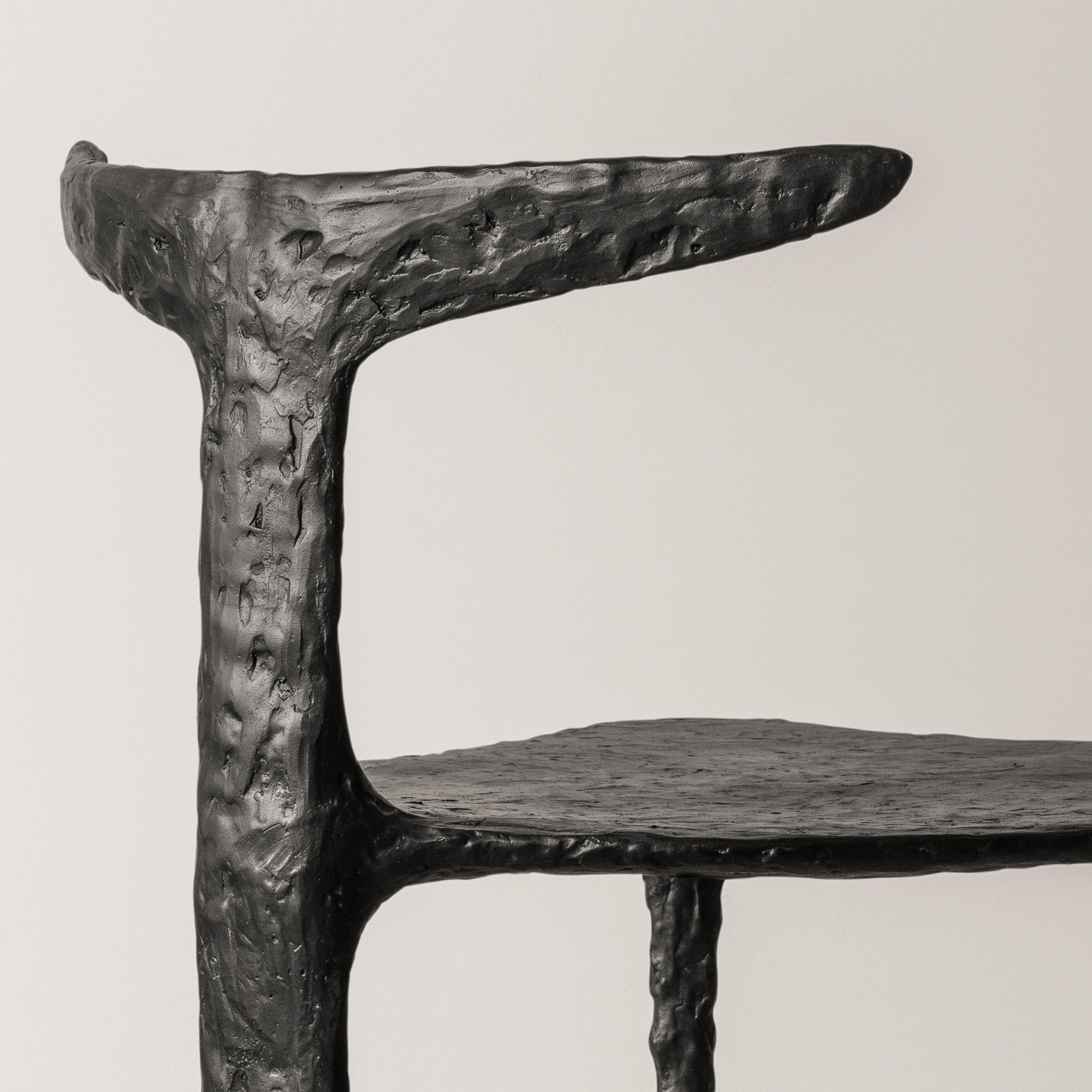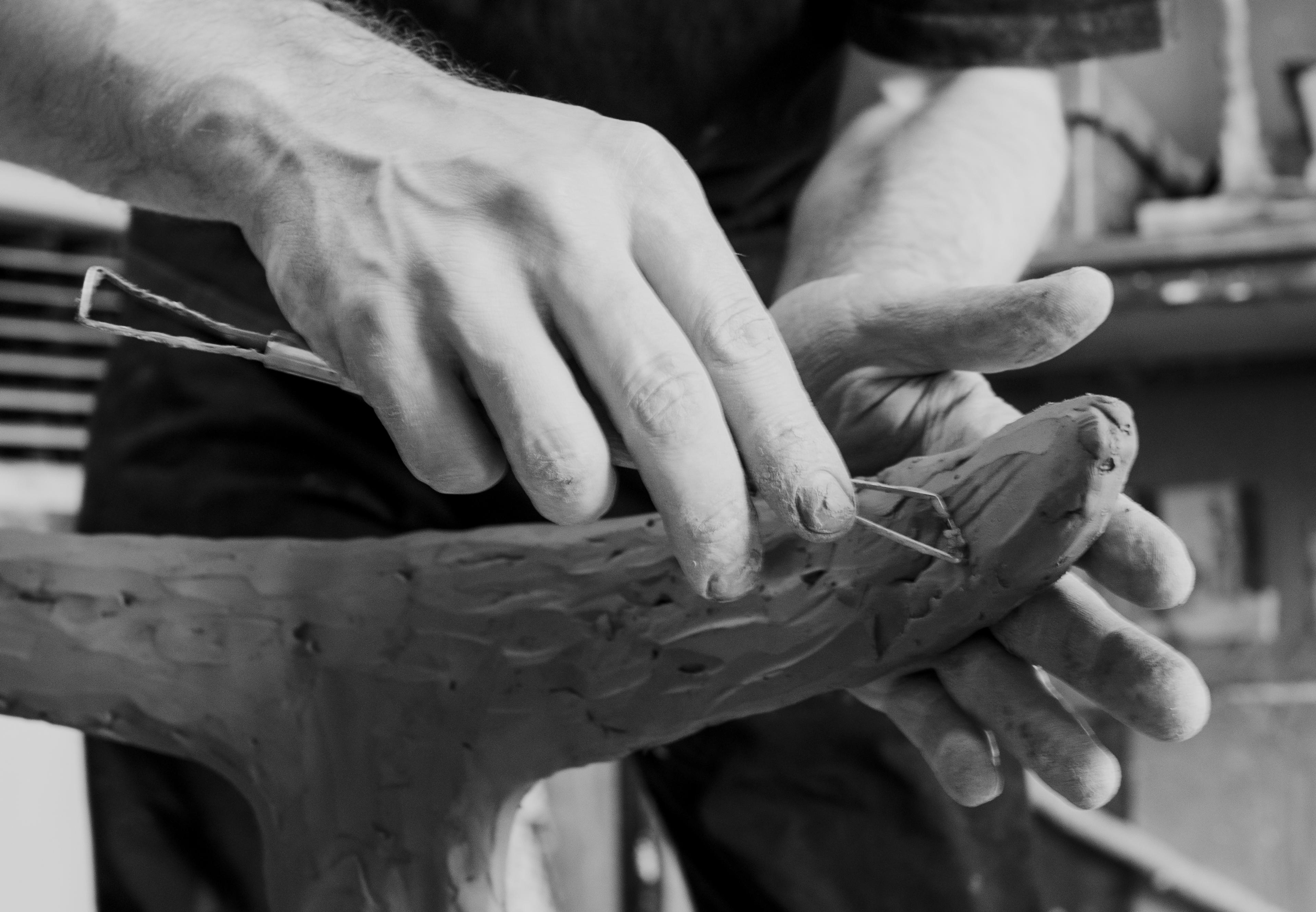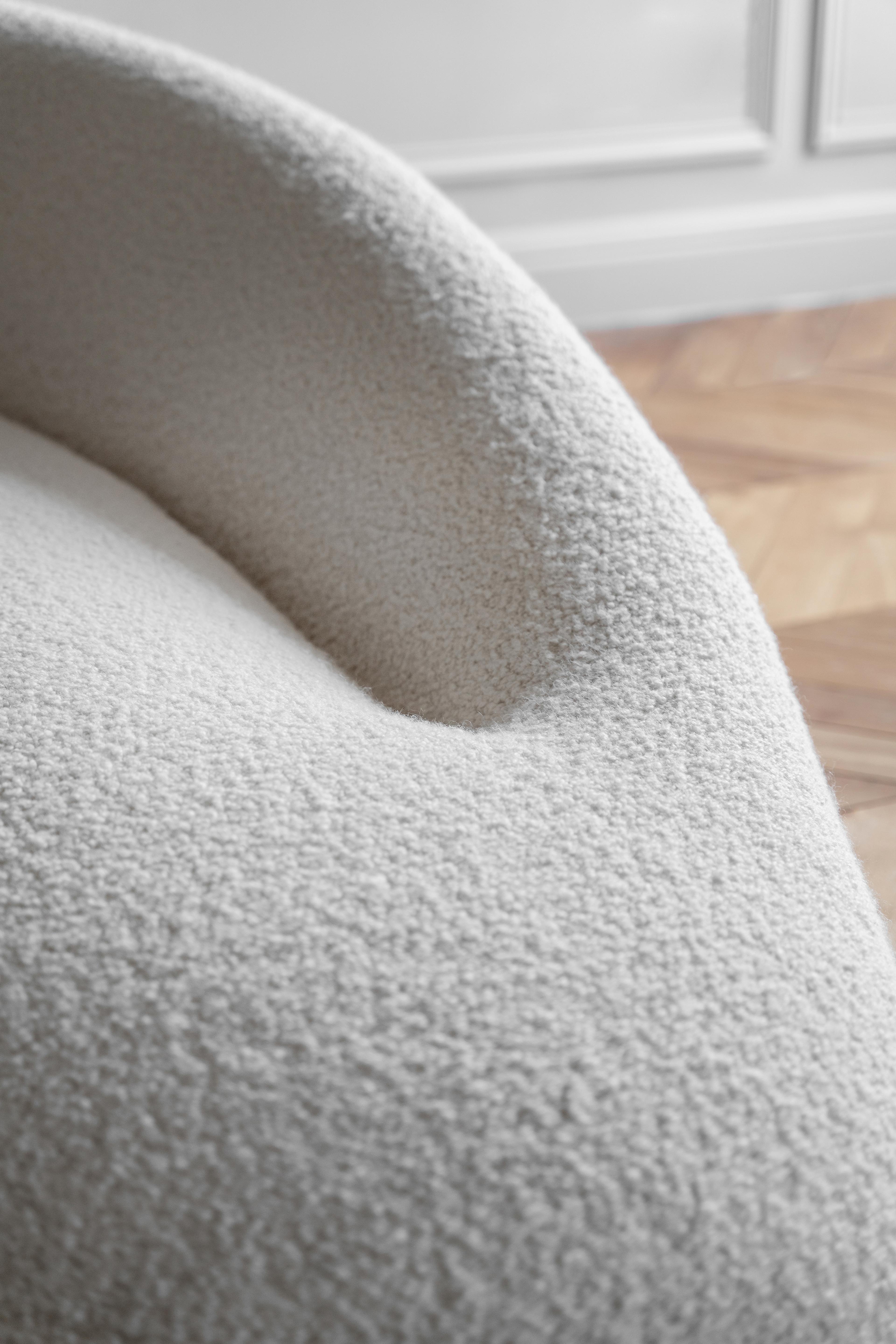
CLAY - PIETER MAES & THE EUROPEAN MASTERS
CLAY - PIETER MAES & THE EUROPEAN MASTERS
02.13.2024 - 03.16.2024
Ateliers Courbet is pleased to announce ‘CLAY’, an exhibition introducing Belgian designer Pieter Maes’ latest series. The collections result from the gallery’s Editions Courbet program, which initiates and fostering collaborations between contemporary artists/designers and master artisans around the world. The exhibition will open February 13th, 2024.
Maes' designs for Editions Courbet unfold an ensemble of monolithic forms that are initially hand-modeled by the artist before they evolve to their final shapes through the hands of the artisan collaborators. Executed with time-honored techniques and carefully selected materials, each piece emphasizes the artisanal dexterity from which it resulted, with consistent, detailed simplicity. Maes’s work often draws inspiration from the timeless elegance and appeal found in the simple forms from the Neolithic and Cycladic Periods, or in the works of other 20th-century artists and sculptors sharing similar inspirations.


Recently unveiled at Design Miami in December, Maes’ bronze Triad series include two sculptural bronze chairs and a console developed in collaboration with founder Melanie Courbet. Inspired by Greek Mythology and traditional Greek craftsmanship, the two Triad Chairs and the Triad Console were initially hand sculpted by Maes at Kaparos, a two-generation art foundry outside of Athens, Greece. The artist hand modeled plaster over welded rebar skeletons, creating a highly textured surface and giving it its sculptural personality with the embraced irregularity of the hand-modeling work. They were then sand casted by Kaporos founder Nikolas Kaparos and his team of Greek artisans. Standing on three slender legs, both represent a deliberate exercise in design restraint, design, distilling the constituent elements to their most rudimentary form. Made in two distinct versions, the TRIAD SLIM exemplifies a substantial, yet hollow manifestation of the material explores the nuanced possibilities of bronze, and the material’s remarkable adaptability, capable of assuming any form. In contrast, the standard Triad is more robust, embracing the authentic language of bronze, utilizing the bare minimum of material necessary to function as a chair. Through these two contrasting embodiments, the TRIAD Chairs engage in a straightforward exploration of bronze as a medium, examining its role in shaping both form and function.


In addition to the Triad collection, the exhibition will include the Méridienne Sofa and the Herisson table developed in collaboration with Courbet and its master-craftsmen collaborators in Paris. With its organic fold and curves that resemble a human body, the Méridienne Sofa draws Inspiration from a reclining figure. Designed in collaboration with gallery founder Melanie Courbet, the sensuous chaise is offered in a small edition signed by the artist and an open unsigned edition both highlighting the artisanal dexterity of master upholsterer Alexandre Phelippeau and his team. Founded in 1953, the family-owned Paris-based tapissier studio combines time-honored techniques with contemporary creativity. Hailing from a long lineage of weavers, couturiers, and upholsterers, Phelippeau Tapissier carryon the time honored techniques of their craft with a contemporary twist, creating unique, modern pieces of hand-sewn textiles in collaboration with contemporary designers.
“The CLAY exhibition features a collection of five distinct pieces, comprising three crafted in bronze and two upholstered creations. The nomenclature, 'CLAY,' serves as the unifying theme that threads through all exhibited works. In the case of the bronze pieces, they originated as hand-sculpted forms in local Greek clay before undergoing the casting process into bronze. This choice of material, revered by artists for its malleable and sumptuous qualities, represents a fundamental and enduring medium in Greek artistic heritage, as evidenced by archaeological findings spanning millennia.
Even the upholstered pieces, while not hand-sculpted like their bronze counterparts, carry a clay or dough-like quality. It's as if the fabric and leather are allowed to be themselves, mirroring the natural form of clay or the unaltered state of dough. This subtle nuance adds an organic touch, making the upholstered pieces evoke the innate essence of these elemental materials, rather than being shaped into a predetermined form.”
–– Pieter Maes

